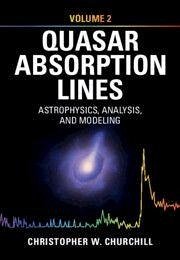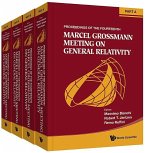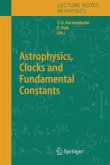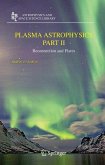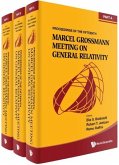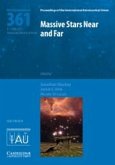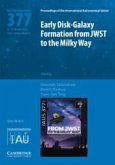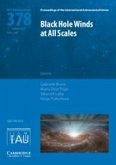'Quasar Absorption Lines' is a comprehensive, detailed exposition on the science and analysis of quasar spectra in two volumes, for both aspiring and seasoned astronomers. This Volume 2: 'Astrophysics, Analysis, and Modeling' describes atomic transitions of hydrogenic and multi-electron ions, the theoretical foundation and practical application of the ¿CDM cosmological model, and radiative transfer from cosmological sources. The theory of spectrographs and the mathematical formalism and quantitative analysis of spectral absorption lines and ionization breaks are treated in detail, including column density measurements, line deblending, and Voigt profile fitting. The philosophies, methods, and techniques of large absorption line surveys are presented, including methods for correcting incompleteness and for measuring accurate absorber population statistics. Gas physics, heating/cooling, and ionization are also covered, followed by detailed methods for undertaking multi-component, multiphase chemical-ionization modeling.
Bitte wählen Sie Ihr Anliegen aus.
Rechnungen
Retourenschein anfordern
Bestellstatus
Storno

